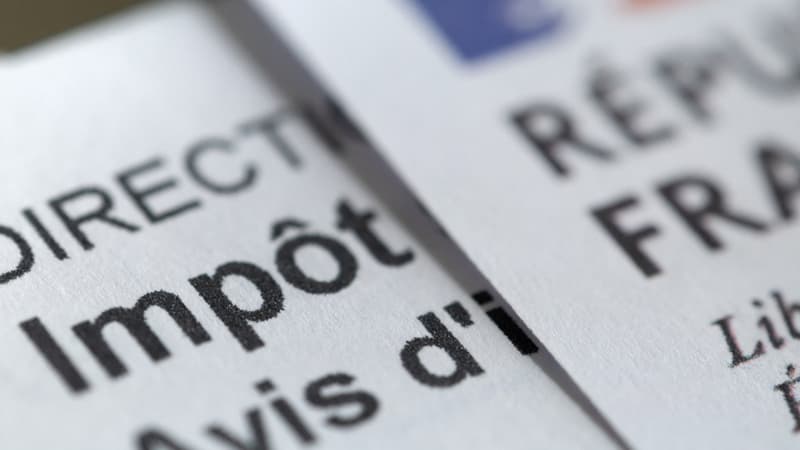Whenever a tax increase is considered, this is the main argument that comes up among those opposed to any increase: France is already the OECD country with the highest mandatory tax rate.
While Michel Barnier is reportedly considering raising taxes on “rich taxpayers and profitable companies” – although Matignon denies having considered such a decision at the moment – to deal with a “very serious” budgetary situation, it is certain that this parade will be led by a part of the right and the Macronists, who are reluctant to any tax increase.
At first glance, it is hard to disagree with them. In 2022, the French rate of compulsory deductions stood at 48% of GDP, or 14 points higher than the average for OECD countries. Belgium, in second place, has a rate of 45.6%, while Germany’s is 42.1%. This rate is much lower in non-European OECD countries.
Disparities
The main compulsory deductions include, in particular, social security contributions, income tax, corporate tax, VAT and even production taxes.
In detail, social security contributions represent 16.9% of GDP in France, a level higher than the average for Eurozone countries (14.9%) but slightly lower than that of Germany (17.2%). As for household income tax, the French rate is closer to that of other European countries (9.9% compared to 9.7% of GDP), far behind Denmark (24.5%), Italy (11.2%) or even Germany (10.5%). France, on the other hand, is far ahead in terms of production taxes, with a difference of more than 2.4 points with its neighbours (4.7% of GDP).
Financing of pensions and health insurance.
“The differences between the types of mandatory deductions are partly due to the different scope of public administrations from one country to another, which result from choices of economic and social systems that give more or less space to the market or to intervention to meet the needs of households and businesses,” explains François Escale, a specialist in public finance, in a note on Fipeco.
“This is particularly the case for health and retirement insurance, which explains part of these differences,” he adds. Indeed, allocated taxes constitute a significant part of the fiscal financing of the pension system. In 2021, social contributions accounted for 79% of the total resources allocated to the pension system according to the Pension Guidance Council (COR). The same story for health insurance.
In comparison, a country like the United States certainly benefits from a much lower rate of mandatory contributions (27.66%), but Americans must resort to private insurance to be covered by the health system. This results in very unequal situations that vary according to place of residence, income… So much so that health system reform remains one of the main concerns of voters ahead of the 2024 presidential election.
60% of French people benefit from the system
The fact is that many French people perceive the notion of fiscal overreach as a restrictive reality.
“France is clearly not a tax haven, but on the one hand, the mandatory tax rate indicator exaggerates France’s position from a strictly accounting point of view and on the other hand, it is interesting to see what is being financed,” observed Guillaume Allègre, an economist specialising in tax issues at the OFCE, in our columns a few months ago.
“What is taken with one hand is often redistributed with the other in the form of benefits rather than public services,” he added. We note that social public spending in France is significantly higher than in other euro area countries, representing 32% of GDP, while the average is 27.2%. But without it, inequalities would be much more marked in the country, according to Dress.
Especially since a study by three INSEE economists reveals that 60% of households are net beneficiaries of the system, including services such as education and health or even hospitals. This means that they receive more benefits than they contribute financially. This is in contrast to the general opinion, according to which three out of four French people believe the opposite.
Source: BFM TV


